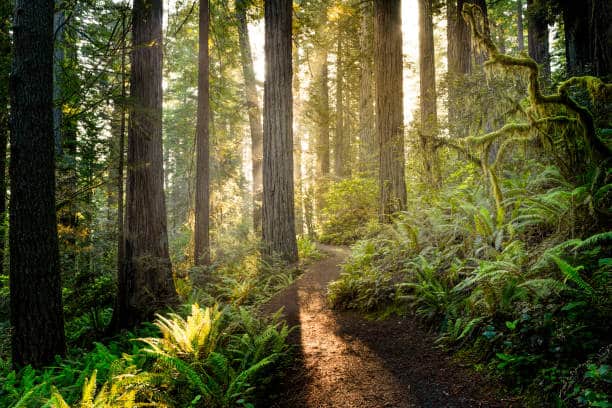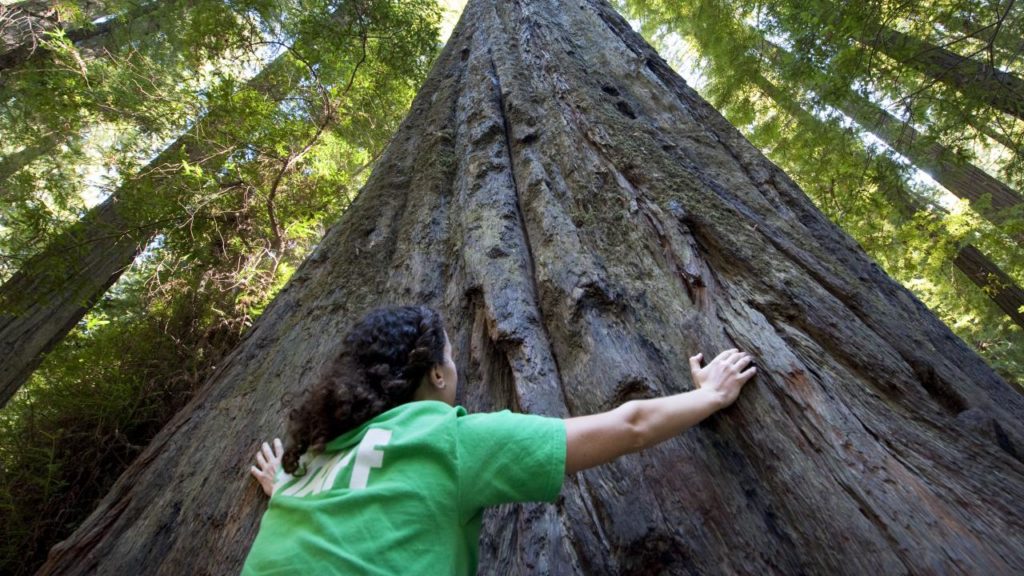
Ahh, the Redwoods. These trees were all over California in the beginning until the Gold Rush began in 1849. Demand for lumber was at an all-time high and well, these tall, strong beauties were doomed. Today we’ve only got about 5% of these trees left which is heartbreaking, but all the more reason to learn about them, visit them, appreciate them, and maybe even do what you can to help the preservation of them. In the meantime, let’s look at some amazing facts about the Redwoods.
Redwoods have been around longer than flowers, longer than birds, longer than spiders, and longer than humans, in fact, they’ve been around for about 240 million years.
These trees are so tall, coming in at a whopping 300+ feet tall, that their tops are out of sight. The tallest tree is known as Hyperion, discovered in 2006 this particular tree stands at 380 feet. Helios, Icarus, and Daedalus also stand at great heights of over 350 feet, but don’t get too excited thinking you’ll find these particular trees, their location has to be kept secret to protect them from vandalism.
We often hear about forest fires and how detrimental they can be, but forest fires can be a good thing too. In order to reproduce giant sequoia trees actually need fire. Fire releases seeds for sequoia cones, exposes bare mineral soil so seedlings can take root, recycles nutrients into the soil, and creates gaps in the forest canopy so sunlight can reach seedlings.

In a way, the roots of the trees ‘hold hands’, so to speak. You would think these trees would have deep roots, when in fact they only extend down about 6 – 12 feet. But they extend approximately 100 feet from the tree’s base intertwining with the roots of other trees, ultimately increasing their stability.
Way, way, way up at the top of the tree there exists an entirely different world of plants, animals, and lichens that don’t exist on the ground. Take the wandering salamander, for example, they live their entire lives at the top of a single tree.
During the winter the Redwoods survive on the water from rain showers, but in the summer the trees actually “sip” or rely on coastal fog. The fog condenses on the needles, turns into a drop, it’s absorbed by the tree, then sheds to the ground where it waters the ground of the forest. These trees rely pretty heavily on the coastal fog as it makes up for about 40% of their moisture intake.
